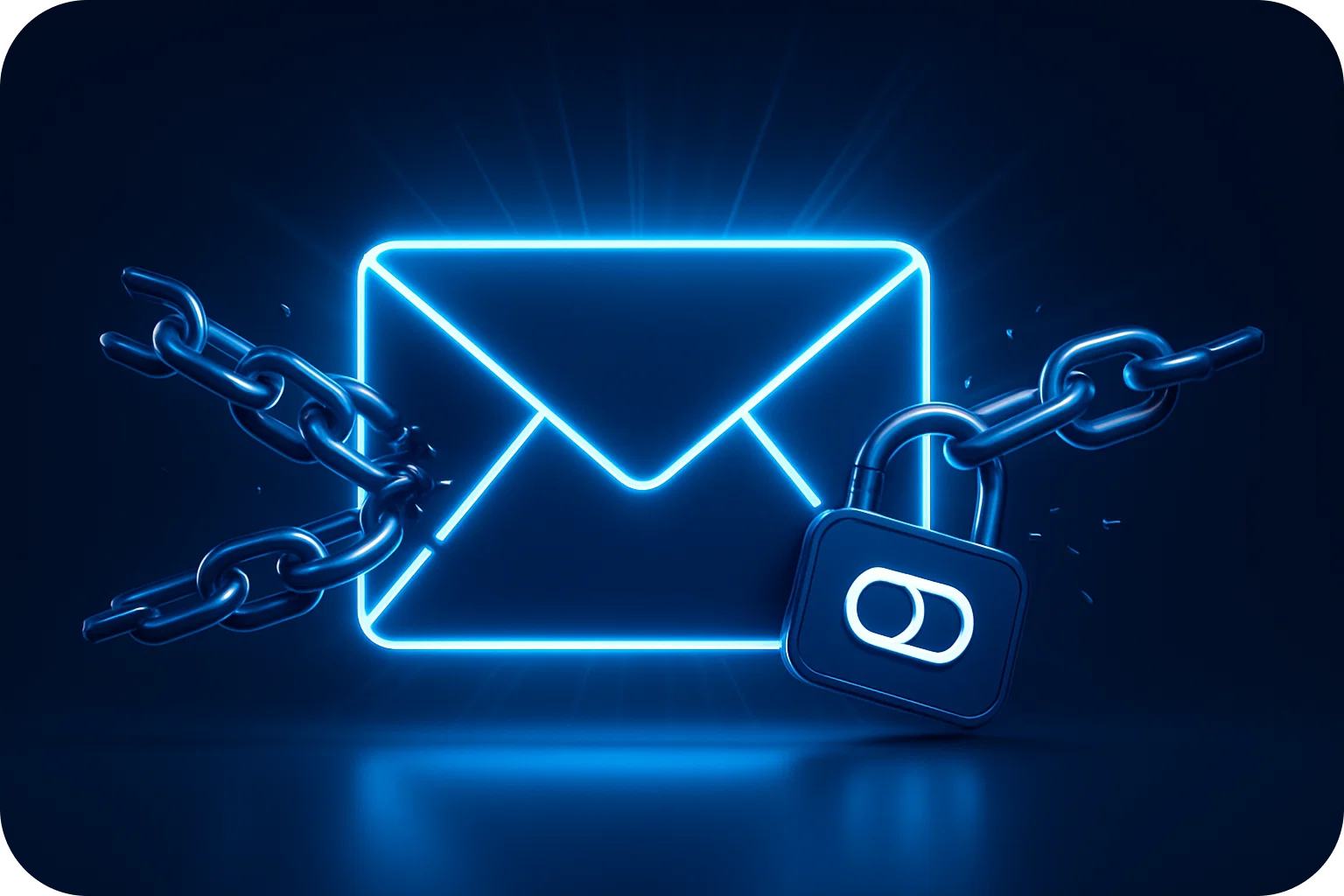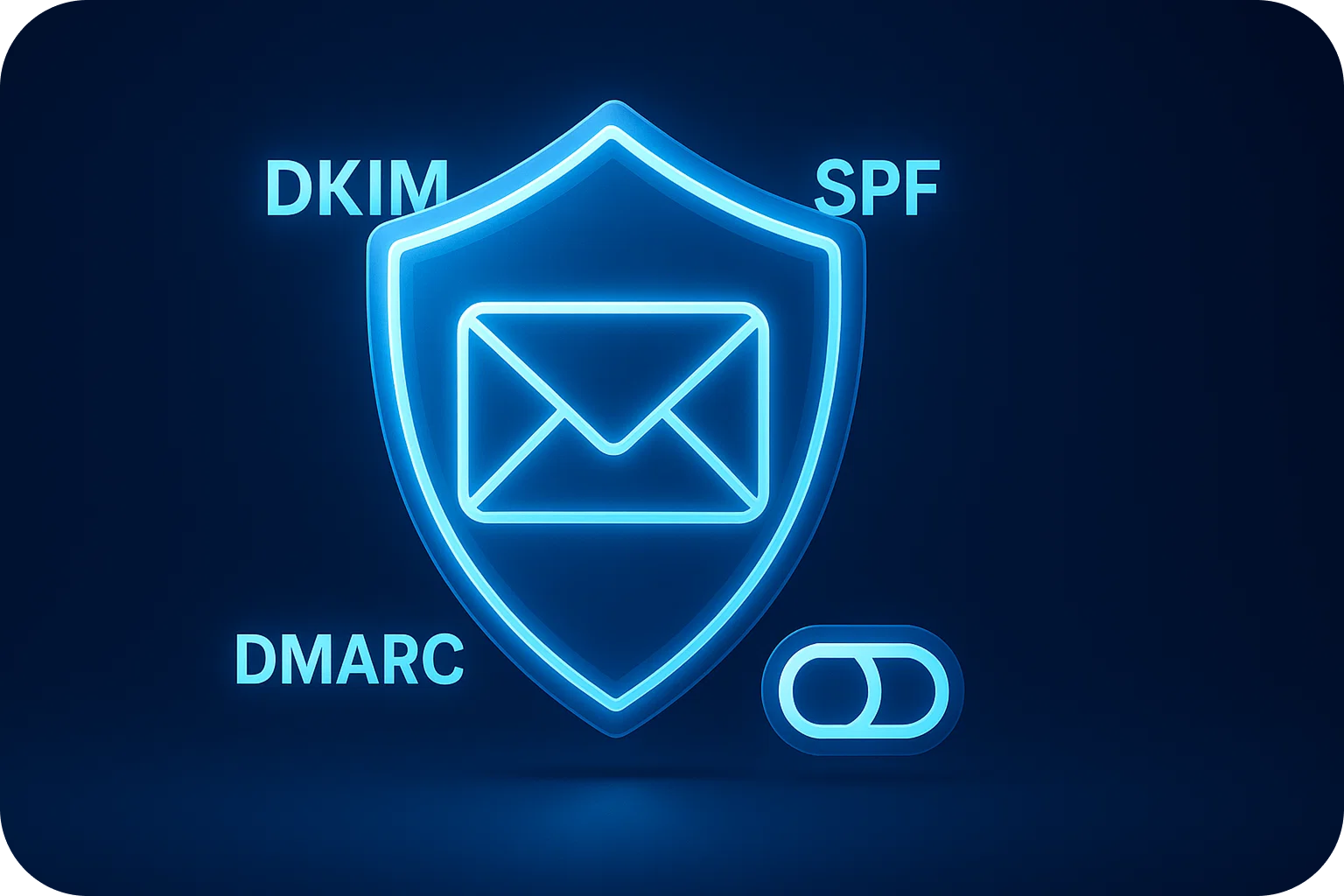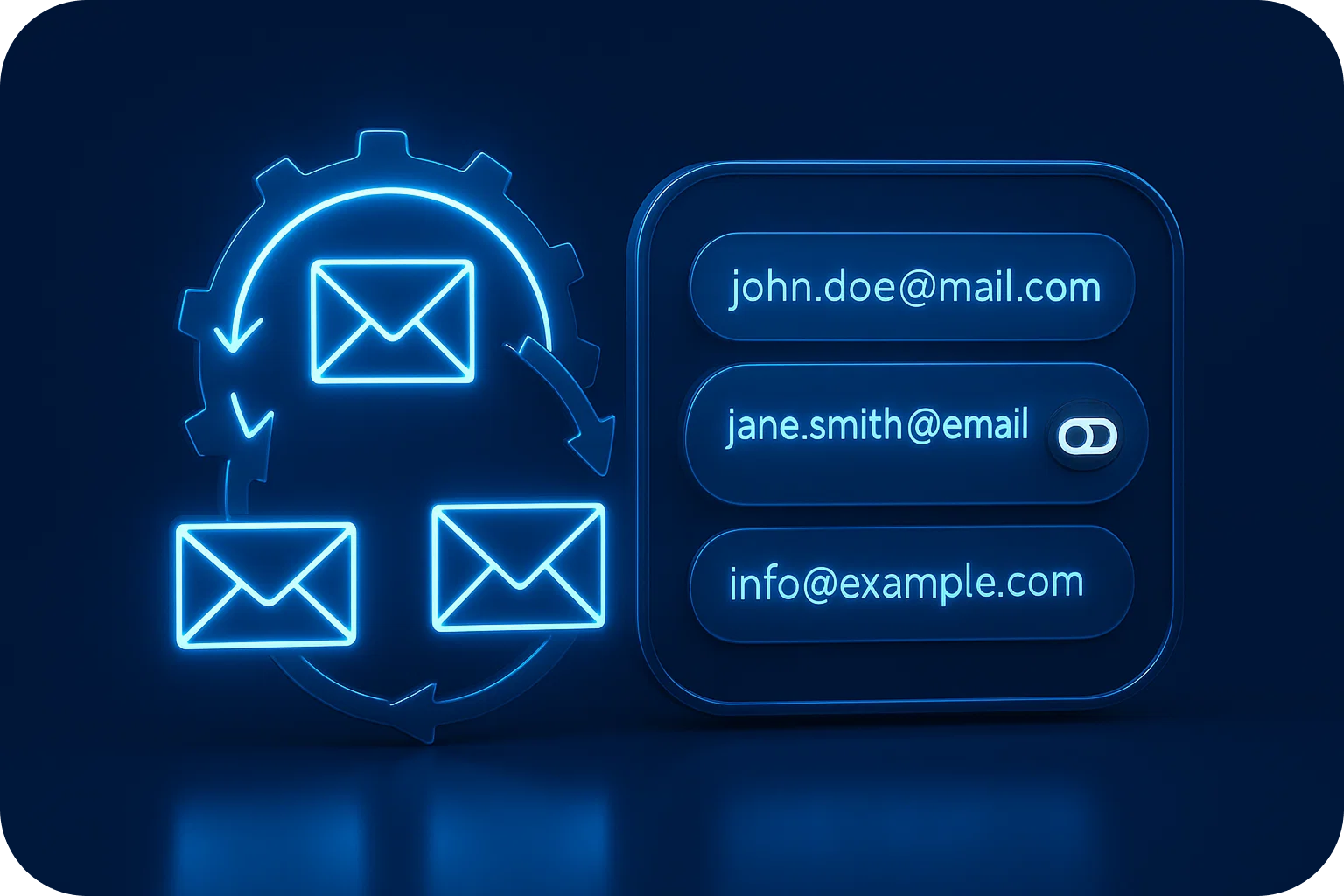Mailbox Fatigue: When Your Prospects Stop Opening

You've built the perfect cold email campaign. Your subject lines are compelling, your copy is tight, and your targeting is precise. The first week delivers promising results, decent open rates, a few replies, maybe even a booked meeting or two.
Then, suddenly, everything drops. Your open rate plummets. Your reply rate flatlines. Your conversion rate becomes a distant memory.
Welcome to mailbox fatigue, the silent killer of cold email campaigns.
What Is Mailbox Fatigue?
Mailbox fatigue occurs when your email sending infrastructure becomes "burned out" from overuse, causing email service providers to flag your messages as spam or deprioritize them in recipients' inboxes. It's not just about sending too many emails, it's about how your sending patterns, domain reputation, and engagement metrics combine to signal to inbox providers that your emails aren't wanted.
Think of it like this: every inbox has a tolerance threshold. When you consistently send emails that recipients don't open, don't reply to, or actively mark as spam, inbox providers take notice. Over time, they begin filtering your messages more aggressively, sending them to spam folders or the dreaded "Promotions" tab, where they're unlikely to be seen.
The Warning Signs of Mailbox Fatigue
Recognizing mailbox fatigue early can save your campaign and your sender reputation. Here are the key indicators:
Declining Open Rate
Your open rate is the first metric to suffer. If you notice a steady decline from 40% to 30%, then down to 20% or lower, your mailboxes are likely fatigued. A healthy cold email open rate typically ranges between 30-50%, depending on your industry and targeting quality.
Cratering Reply Rate
When your reply rate drops below 1-2%, it's a red flag. Low engagement tells inbox providers that recipients aren't finding value in your emails, which accelerates the fatigue cycle. Your reply rate is perhaps the most important signal of email health; it demonstrates genuine human interest and interaction.
Plummeting Conversion Rate
If your conversion rate, whether that's booked meetings, demo requests, or sales, drops significantly, mailbox fatigue might be the culprit. When emails don't reach the primary inbox,
they can't convert. Even a slight decrease in inbox placement can dramatically impact your conversion rate.
Increased Bounce Rates
Hard bounces indicate you're sending to invalid addresses, while soft bounces suggest temporary delivery issues. Both can contribute to mailbox fatigue and damage your sender reputation over time.
Spam Complaints
Even a small number of spam complaints can be devastating. Just one complaint per 1,000 emails sent can trigger filtering mechanisms that affect all your future sends.
Why Mailbox Fatigue Happens
Understanding the root causes helps you prevent and address mailbox fatigue effectively.
Sending Volume Overload
Sending too many emails too quickly from a single mailbox or domain overwhelms inbox providers' trust systems. Most experts recommend limiting sends to 20-50 emails per mailbox per day, with proper warm-up periods before reaching maximum volume.
Poor List Quality
Sending to outdated, purchased, or poorly targeted lists generates low engagement, which tanks your sender reputation. High-quality, well-researched prospect lists are essential for maintaining healthy engagement metrics.
Lack of Personalization
Generic, templated emails that don't resonate with recipients lead to low open rates and reply rates. Modern prospects can spot mass emails instantly, and they're quick to ignore or delete them.
Inadequate Infrastructure Rotation
Using the same mailboxes and domains repeatedly without rotation accelerates fatigue. Email service providers track sending patterns across domains and IP addresses, making rotation a critical strategy.
Insufficient Warm-Up
New mailboxes need gradual warm-up periods to establish sender reputation. Jumping straight to high-volume sending from a cold mailbox is a recipe for immediate filtering and poor deliverability.
How to Prevent Mailbox Fatigue
Prevention is always easier than recovery. Here's how to keep your cold email infrastructure healthy:
Implement Proper Sending Limits
Respect daily sending limits. Start with 20 emails per day per mailbox and gradually increase to no more than 50. Spread sends throughout the day rather than blasting them all at once.
Rotate Your Sending Infrastructure
Use multiple mailboxes and domains to distribute sending volume. A good rule of thumb is 3-5 mailboxes per domain, with multiple domains in rotation. This prevents any single mailbox from becoming overworked.
Prioritize List Quality Over Quantity
Invest time in building targeted, verified prospect lists. Use tools to verify email addresses before sending, and segment your lists based on relevant criteria to improve relevance and engagement.
Personalize at Scale
Use dynamic fields and research-based personalization to make each email feel individually crafted. Reference specific details about the prospect's company, role, or recent activities to demonstrate genuine interest.
Monitor Engagement Metrics Religiously
Track your open rate, reply rate, and conversion rate daily. Set up alerts for significant drops so you can take corrective action immediately.
Warm Up New Mailboxes Properly
Never send cold emails from a brand-new mailbox. Implement a 3-4 week warm-up period where you gradually increase sending volume while maintaining high engagement through automated warm-up services.
How to Recover from Mailbox Fatigue
If you're already experiencing mailbox fatigue, here's your recovery roadmap:
Pause and Assess
Stop sending from fatigued mailboxes immediately. Continuing to send will only deepen the damage to your sender reputation.
Audit Your Infrastructure
Check your DNS records, SPF, DKIM, and DMARC configurations. Ensure everything is properly set up for optimal deliverability.
Refresh Your Domain Pool
Introduce new domains and mailboxes to your rotation. Give fatigued domains a rest period of at least 2-4 weeks before gradually reintroducing them.
Clean Your Lists
Remove unengaged prospects, bounced addresses, and anyone who hasn't opened your emails in multiple campaigns. Start fresh with highly targeted, verified contacts.
Reduce Volume and Increase Quality
When you resume sending, start with lower volumes and higher personalization. Focus on quality conversations rather than quantity of sends.
Re-warm Your Infrastructure
Treat recovering mailboxes like new ones. Implement a gradual warm-up schedule to rebuild sender reputation with inbox providers.
The Long-Term Strategy
Avoiding mailbox fatigue isn't a one-time fix, it's an ongoing commitment to email infrastructure health. Successful cold email programs build sustainability into their operations from day one.
Invest in proper infrastructure management. Use dedicated cold email infrastructure platforms that automate rotation, warm-up, and deliverability monitoring. The cost of proper infrastructure is minimal compared to the revenue lost from poor deliverability.
Continuously test and optimize. What works today might not work tomorrow. Regularly test different sending patterns, personalization approaches, and list segments to maintain high engagement metrics.
Remember that your open rate, reply rate, and conversion rate are interconnected health indicators. When one suffers, the others typically follow. Maintaining all three requires consistent attention to infrastructure quality, list hygiene, and message relevance.
Conclusion
Mailbox fatigue doesn't have to be the end of your cold email program. By understanding the warning signs, implementing preventive measures, and knowing how to recover when fatigue strikes, you can maintain healthy deliverability and consistent results.
The key is treating your email infrastructure as a valuable asset that requires ongoing maintenance and strategic management. When you prioritize sender reputation, engagement quality, and sustainable sending practices, your open rates stay healthy, your reply rates remain strong, and your conversion rates continue to drive business growth.
Don't wait until your metrics crash to take action. Start implementing these strategies today to keep your cold email campaigns performing at their peak and your prospects opening, reading, and responding to your messages.
More articles
Get started now




%201.png)





